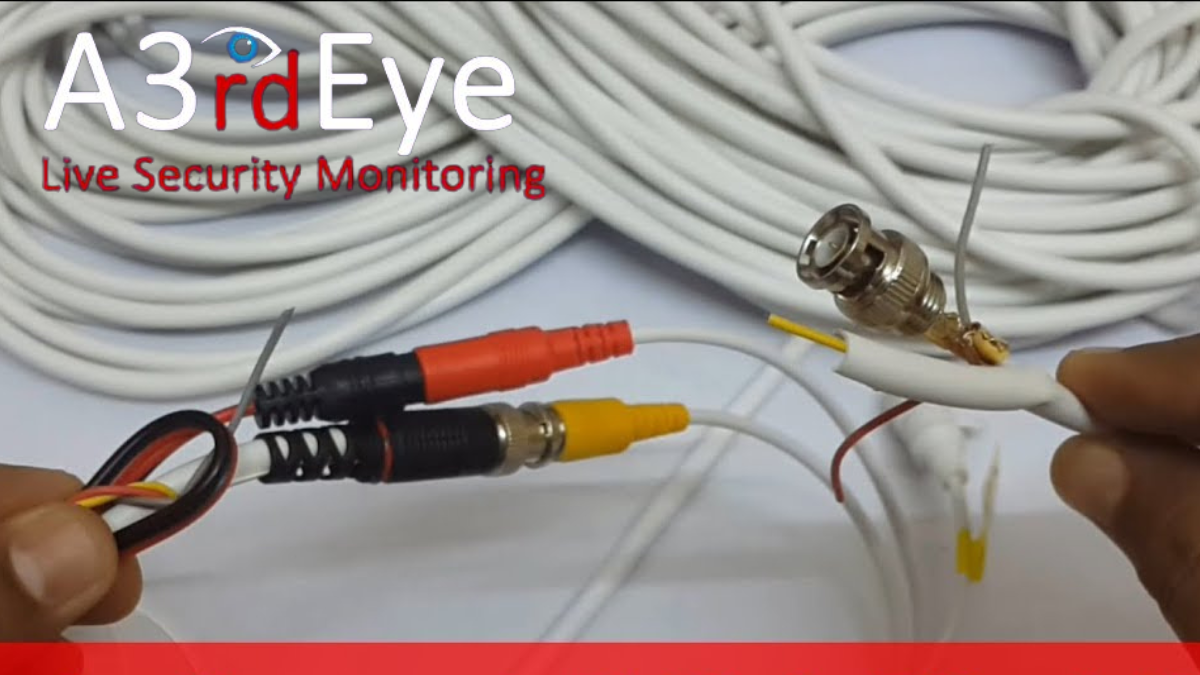
Wiring Diagram: Splicing Security Camera Wires
The Importance of Wiring Diagrams
Wiring Diagram: Splicing Security Camera WiresA wiring diagram is a schematic representation of the electrical components of a surveillance camera setup. It’s essential for understanding how the wires should be linked for optimal efficiency and functioning. Understanding the wiring schematic for your security camera system is crucial before beginning the process of splicing wires.
Understanding Security Camera Wiring
The power cable and the video cable are the two mainstays of a security camera’s wiring setup. The video cable transfers the footage to a recording device or monitor, while the power cable provides electricity to the camera. These cables are typically sold in bundles for the sake of portability and simplicity of deployment.
Tools and Material s Required
You should get everything together. You’ll need to splice wires for security cameras before you start. Get these ready:
Cutting tools for electrical wires
Tool for cutting wires
Insulating tape
Condensation-free tubing
Optional: Soldering iron
Jointing with solder
a measuring device/multimeter
Preparing the Cables
Get the cables ready to be spliced first. To make things simpler, untangle the cables and straighten them out. Make sure you have a long enough cord to move around freely.
Identifying the Wires
The next step is to catalog the individual cables that make up your surveillance system. One or two wires will be for power (often red or black) and one or two will be for video (typically yellow or white). If you want to know what each color wire does, look at the wiring diagram or consult the manual.
Stripping the Insulation
To prepare the wires for soldering, remove a little amount of insulation from each end using wire strippers. The cables contain conductive strands that must be protected at all costs. A length of bare wire of around 0.25 inches (6 mm) should be sufficient.
Connecting the Wires
Connecting the wires is the next step after stripping them. Connect the appropriate wires by tightly twisting them together. You can use a soldering iron and solder to make a permanent bond if you’d like. Soldering is possible, but a twisted and insulated connection can often do the trick instead.
Insulating the Connections
It is important to insulate the reconnected cables to prevent electrical shock. Put electrical tape around each connector one by one. Make sure all of the bare wires are hidden. Protect and strengthen your connections by sliding a piece of heat shrink tubing over them and then shrinking it with a heat source (such a heat gun or a lighter).
Testing the Spliced Wires
It is imperative to test the spliced wires before finishing the installation. Make sure there are no short circuits by using a multimeter to test for continuity. Make sure the camera has power and that a good video signal is being sent.
Common Mistakes to Avoid
Inadequate Wire Stripping: Common Errors Camera malfunctions may come from improper connections caused by ignoring the wiring diagram.
Insufficient Wire Stripping: Wires that haven’t been adequately stripped might lead to faulty connections and other electrical problems.
Lack of Proper Insulation: Short circuits and possible camera system damage can result from insufficient insulation of the connectors.
Troubleshooting Tips
If the camera isn’t getting power, make sure the connections are secure and the power supply is working.
Verify the integrity of the video connections and think about upgrading to higher-quality cables if the video signal is weak or distorted.
Conclusion
Wiring Diagram: Splicing Security Camera Wires The ability to splice cables for security cameras is crucial for the setup and upkeep of any monitoring system. If you carefully follow the steps in this article and consult the wiring diagram provided by the manufacturer, you should have no trouble setting up your camera.
Can I avoid having to splice the wires by using connectors instead?
There is no need to splice wires together if you utilize wire connectors. But check the connectors to make sure they work with the wire gauge and material.
How can I solder without a soldering iron?
For a safe and reliable connection, soldering is not required. Insulated and twisted wires may be sufficient.
How do I determine the correct wire gauge for my security cameras?
Determine the correct wire gauge for your security camera system by consulting the manufacturer’s instructions or seeking professional assistance.
Can I get a wireless security camera?
The necessity for hardwired security cameras is no longer necessary, thanks to the availability of wireless options. These setups convey video signals via wireless transmission technologies.
Is there a way to lengthen the camera cables if they are inadequate?
You can, indeed, use extension cables or suitable splicing procedures to add length to the camera wires so that they reach further.
conclusion

Wiring Diagram Splicing Security Camera Wires
installing security cameras properly requires knowledge of how to splice wires. A dependable and effective security camera system that contributes to a secure environment may be ensured by following the instructions given, making use of the provided wiring diagram, and making use of correct techniques.

